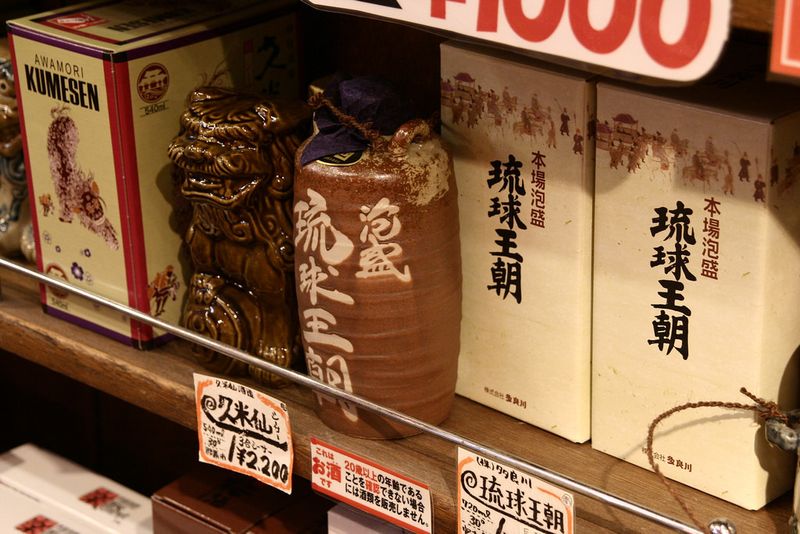Dec 21, 2017
Sipping on Okinawan Culture through Awamori
I'm not a heavy drinker, but I find that one of the best ways to experience a new place is through its traditional alcohol. After all, how the local alcohol is made, what it's made from, and how it is imbibed reflects the area's crops, external cultural influences, and perhaps even religious traditions.
Japan certainly has alcoholic drinks that reflect its history and culture. I think the one that most people associate with this country is sake, which makes sense, since even the Japanese call it Nihonshu (literally “Japan liquor”). Still, there are other alcoholic drinks that are culturally important here, especially throughout different regions. For example, the Kyushu and Chugoku areas are famous for Shochu since it is a potato-based liquor, and those areas are known for their potato crops. Meanwhile, Okinawa offers something altogether different but representative of the island prefecture’s unique history and culture:
Awamori

So what is Awamori? Awamori is a distilled rice liquor that symbolizes Okinawa’s cosmopolitan history. You see, when Okinawa was the Ryukyu Kingdom, it was a hub for regional trade. As such, the Ryukyu culture has an interesting mix of Chinese, Thai, and (of course) Japanese influences, among others. Awamori happens to be of Thai (ancient Siam) origins. The Ryukyu people took popular Siamese liquor and adapted it to local distilling ingredients and techniques. While Okinawan distilleries still use Thai indica rice to make Awamori, they also employ Okinawan black Koji (rice cultured with mold) in the distilling process to give Awamori its own distinct flavor profile. Further, the liquor is aged in traditional Okinawan clay pots to improve its flavor and mellowness.
Nowadays, Awamori is used both as an everyday drinking liquor as well as for ceremonial purposes. For example, a person may receive a traditional clay pot of Awamori when breaking ground on a new home and take the first drink when the house is finished. Meanwhile, for visitors traveling to the island prefecture, Awamori can offer a unique cultural experience and an opportunity to pick up some memorable (and useful) souvenirs for the trip home.
When you travel to Okinawa, you can visit a number of distilleries to learn more about Awamori. One place that I’m able to recommend is Zuisen Distillery at the foot of Shuri castle. With a history dating back to 1887, Zuisen offers tours and tastings with English language support. This is a great way to get the in-depth perspective on how Awamori is made and how it should be enjoyed. The tours run every 30 minutes between 9:30 and 16:30 and are free. Zuisen is located at 1-35 Sakiyama-cho Shuri, Naha City.
Also, when you’re in Okinawa you’ll no doubt see the plethora of interesting shaped colored glasses at all of the different souvenir shops and specialty stores. Those are Awamori glasses— specialty drinking vessels for Okinawa’s own specialty liquor. Awamori is typically consumed straight, on the rocks, or mixed with water, though it can be used for cocktails. These glasses don’t do anything to change the flavor profile of the Awamori, but they do reflect the tradition of Ryukyu glass making. So if you are looking for a neat souvenir from Okinawa, a bottle of Awamori and a few of these unique cups make for good keepsakes.
You may not end up the biggest fan of the distinctly-flavored Awamori, but it can certainly provide an interesting and memorable window to Okinawa's cultural tradition.
Hitting the books once again as a Ph.D. student in Niigata Prefecture. Although I've lived in Japan many years, life as a student in this country is a first.
Blessed Dad. Lucky Husband. Happy Gaijin (most of the time).



0 Comments